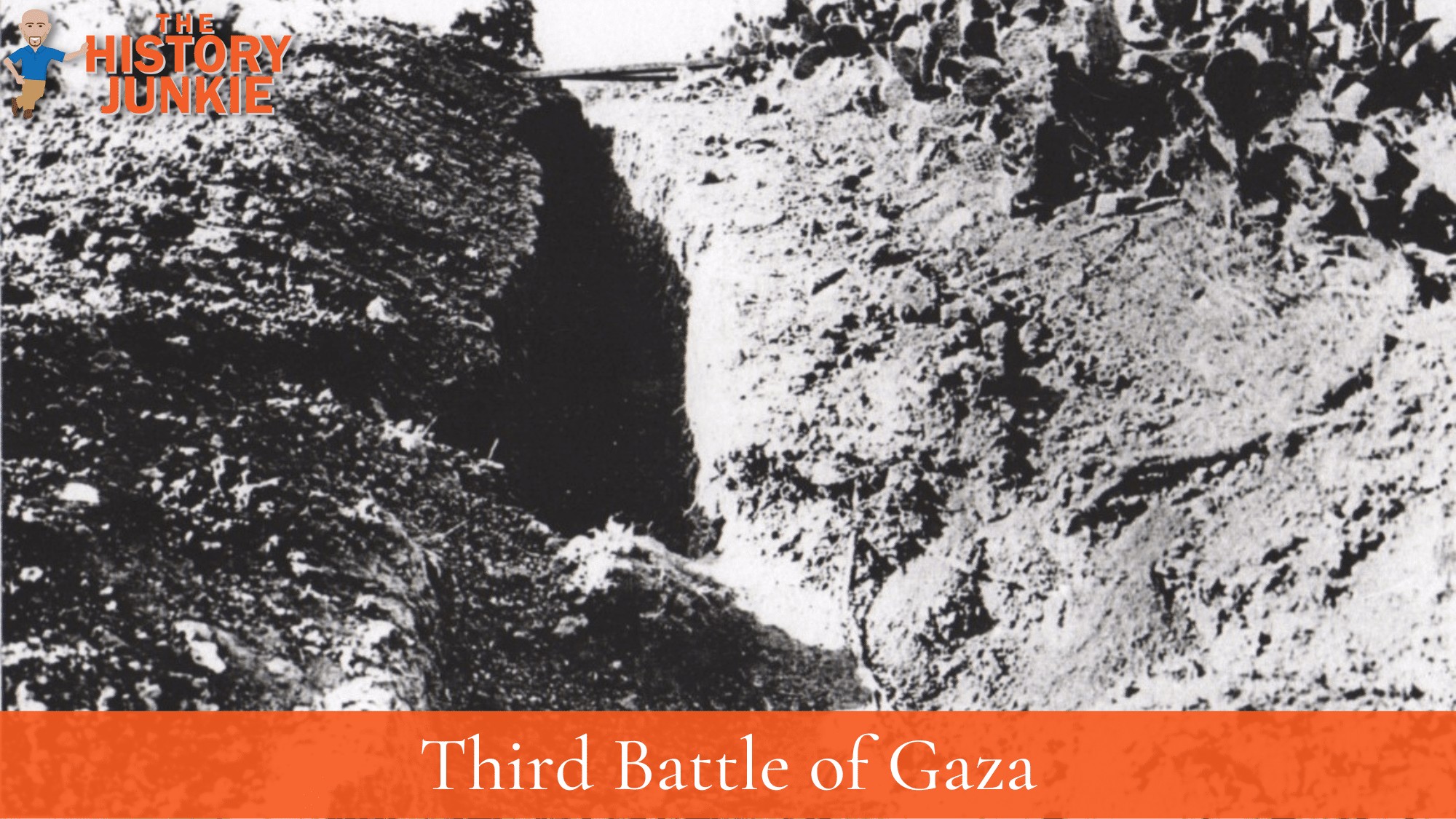After Sir Archibald Murray was recalled to London following two failed attacks at Gaza in March and April 1917, Edmund Allenby was appointed commander of the Egyptian Expeditionary Force and would lead the Third Battle of Gaza in World War 1.

British Prime Minister David Lloyd George tasked Allenby with capturing Jerusalem by Christmas 1917.
Allenby's task of capturing Jerusalem appeared daunting, given the British army's two recent failures in the area. However, he succeeded in delivering Jerusalem to London in time for Christmas, two weeks ahead of schedule.
Overview
To ensure the fall of Jerusalem, Allenby first needed to break the Turkish line at Gaza-Beersheba, which was overseen by the recently arrived German commander Erich von Falkenhayn.
Allenby began his preparations by relocating his headquarters from a first-class Cairo hotel to the front line. This symbolic act was intended to boost the morale of the British troops.
He then assembled a large force of reinforcements, including seven infantry divisions, a light horse unit, artillery, gas shells, and tanks. He was determined to proceed only when he was certain of victory. The total strength of his force was 88,000 men.
The Turkish Seventh and Eighth Armies, numbering just 35,000 men, were ranged against him. A key component of Allenby's plan was to secure Beersheba's water supplies at an early stage of the attack.
This would prevent the Turks from destroying the wells and denying the British access to water.
The first two attacks at Gaza had run into issues due to water shortages, which was common in desert warfare. Allenby established a command of water supplies that would help supply his army and push his movements toward Jerusalem.
The Battle
On October 31, 1917, the Third Battle of Gaza began. Instead of a frontal assault, Allenby planned to take the Turkish forces by surprise near Beersheba and placed 40,000 troops in the area.
Allenby knew that the Turks would expect him to attack Gaza directly, so he created a diversion by bombarding the city for six days with 218 guns. This fooled the Turks into thinking that a full frontal attack was imminent, while Allenby secretly deployed his infantry forces to take Beersheba from the front and his Light Horse unit far to the east.
The British RFC ensured British air superiority by shooting down any German aircraft that tried to fly over the British lines. This prevented the Turks from detecting the British troop movements.
The Australian Light Horse unit finally penetrated the Turkish defenses and secured control over the town's wells before the Turks could contaminate them. This was a major victory for the British, as it cut off the Turks' water supply and forced them to retreat.
The Turkish Seventh Army retreated to the stronghold of Tel es Sheria, commanded by German commander Kress von Kressenstein's Eighth Army. The Turkish defenders were panicked by a diversionary attack to the east by a 70-strong camel company.
They believed it to be a large-scale flank attack, and they began to scatter. This left the flank of the Seventh Army exposed.
Allenby immediately exploited this opportunity. He struck north at Tel es Sheria at dawn on November 6, splitting the Seventh and Eighth Armies.
Allenby had hoped to trap the Eighth Army at Gaza, but the Turks retreated in haste further up the coast. Gaza was abandoned on November 6-7.
Meanwhile, the Eighth Army established itself in Jerusalem, preparing to make a stand against the British.
